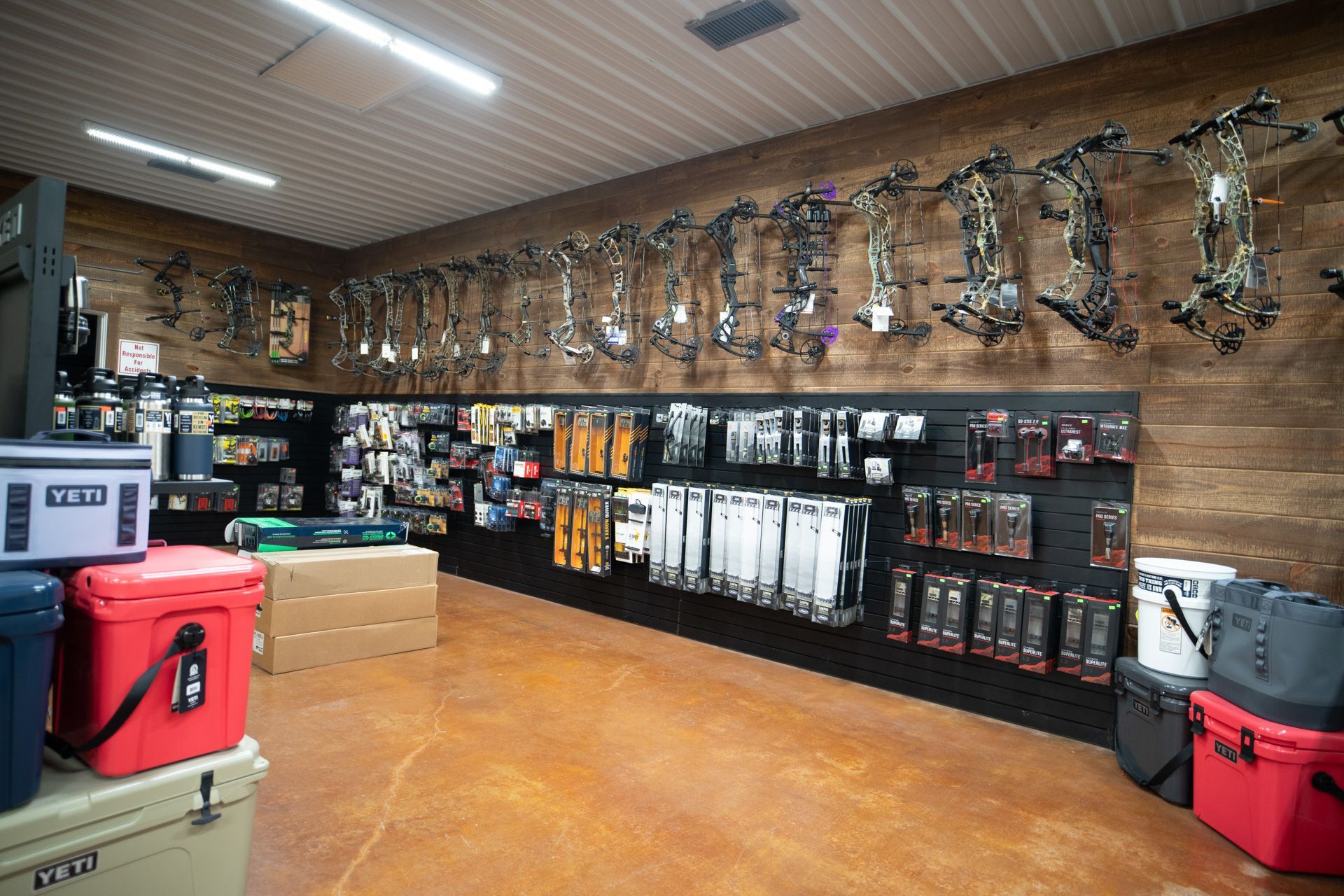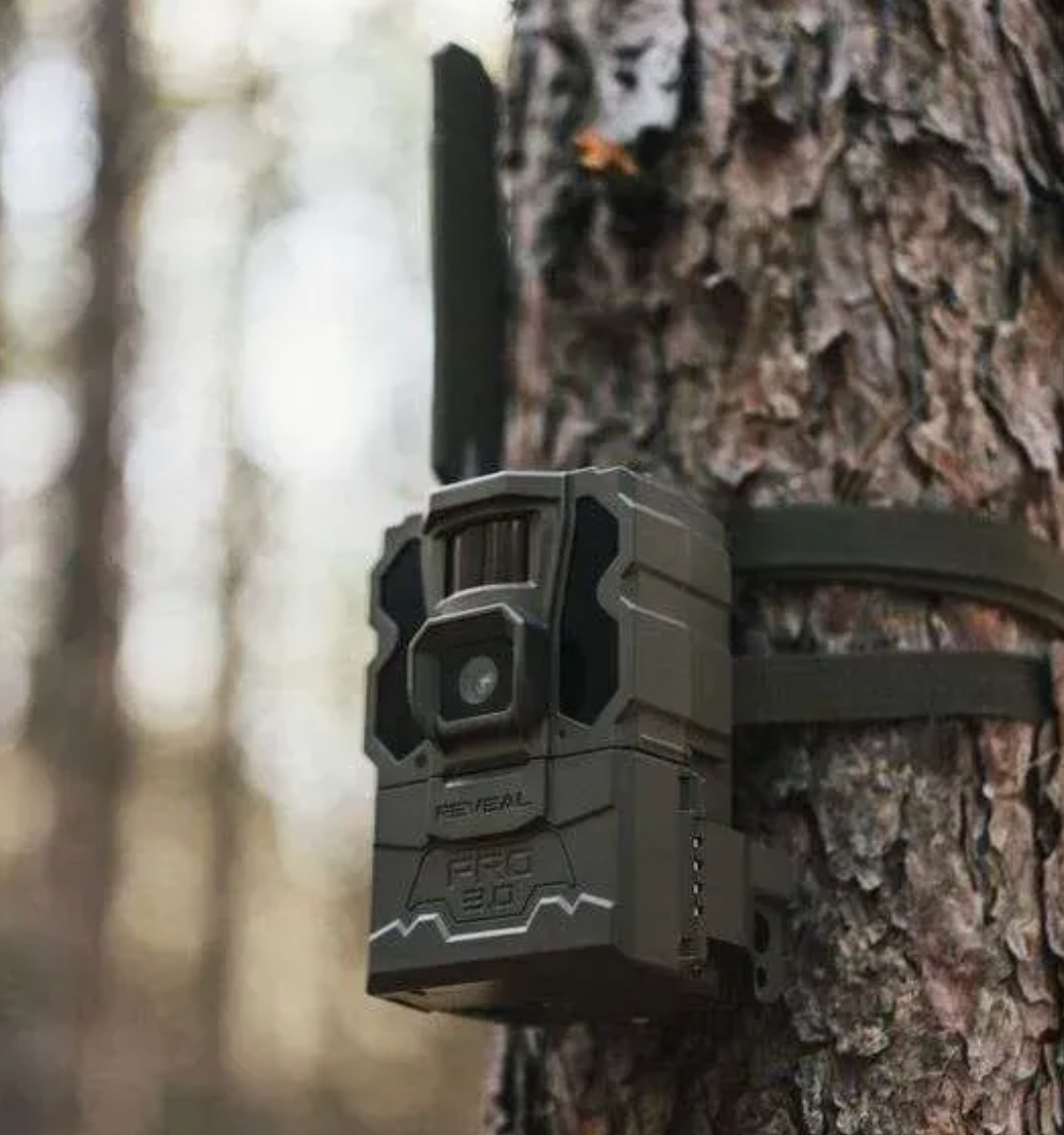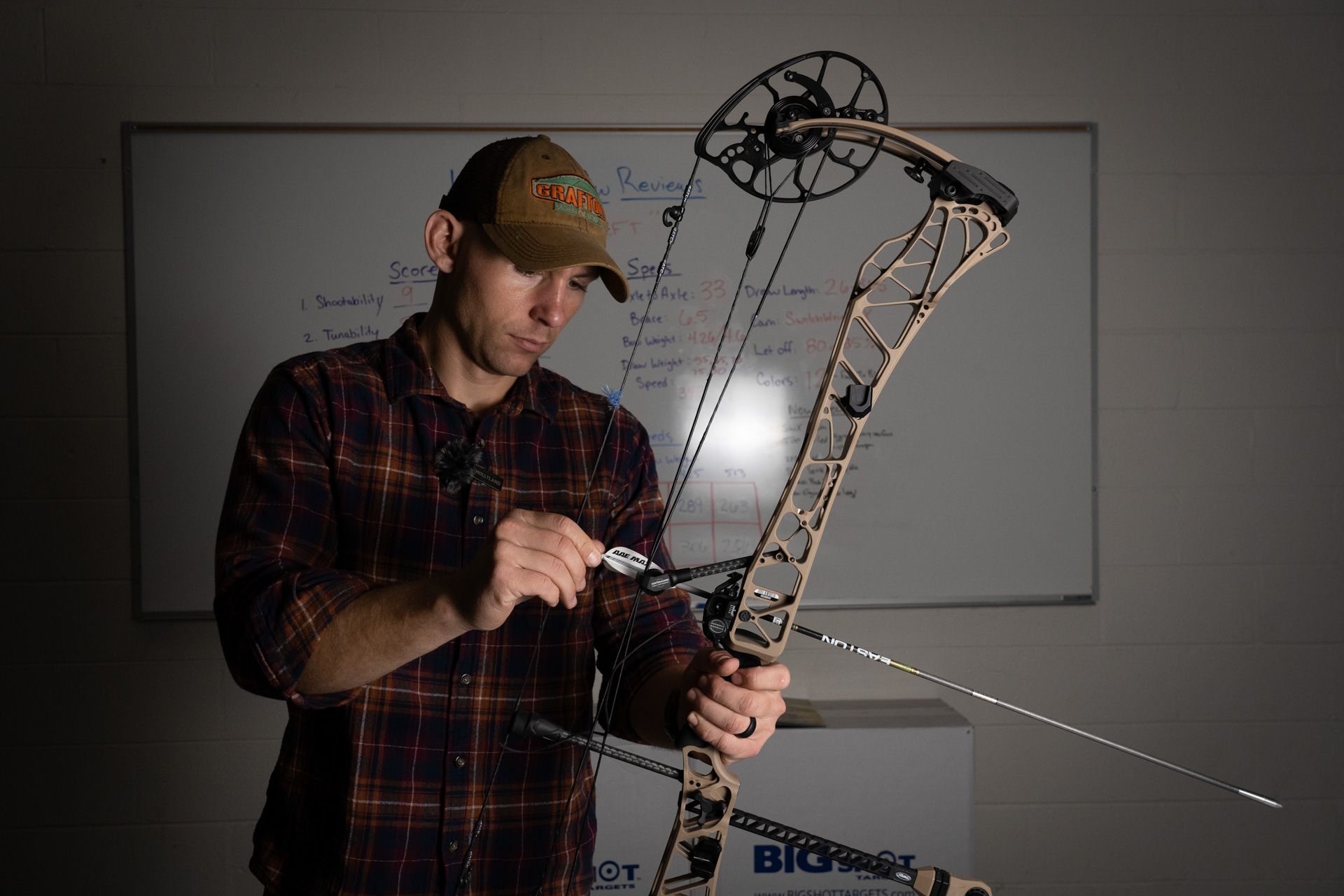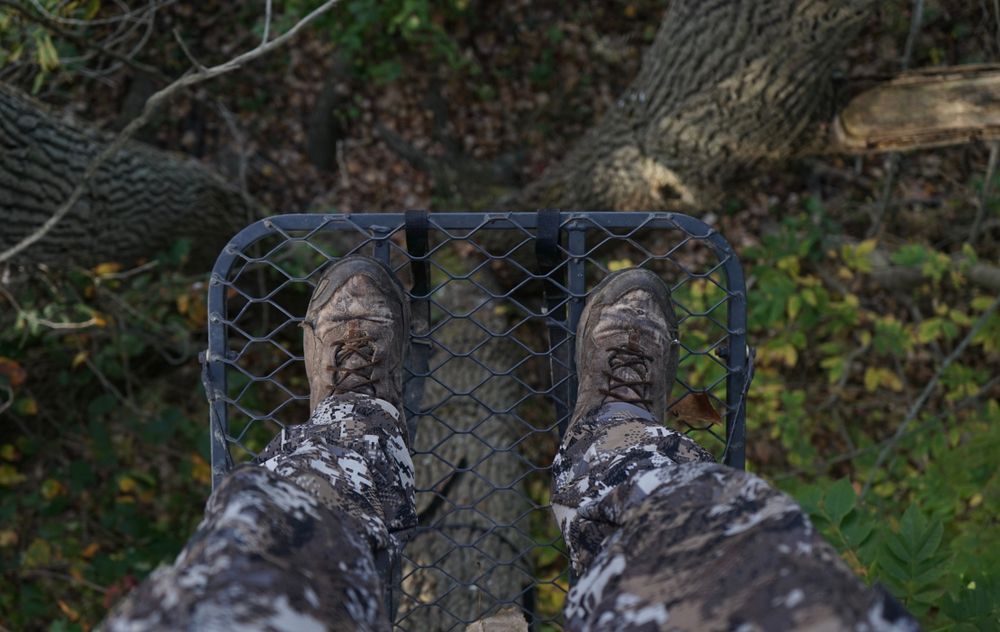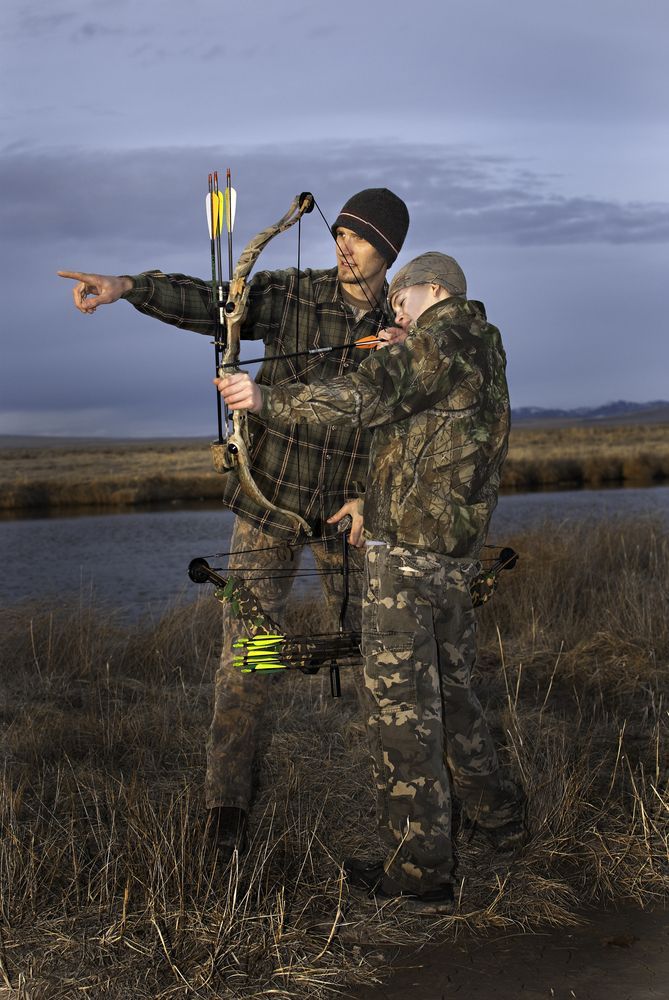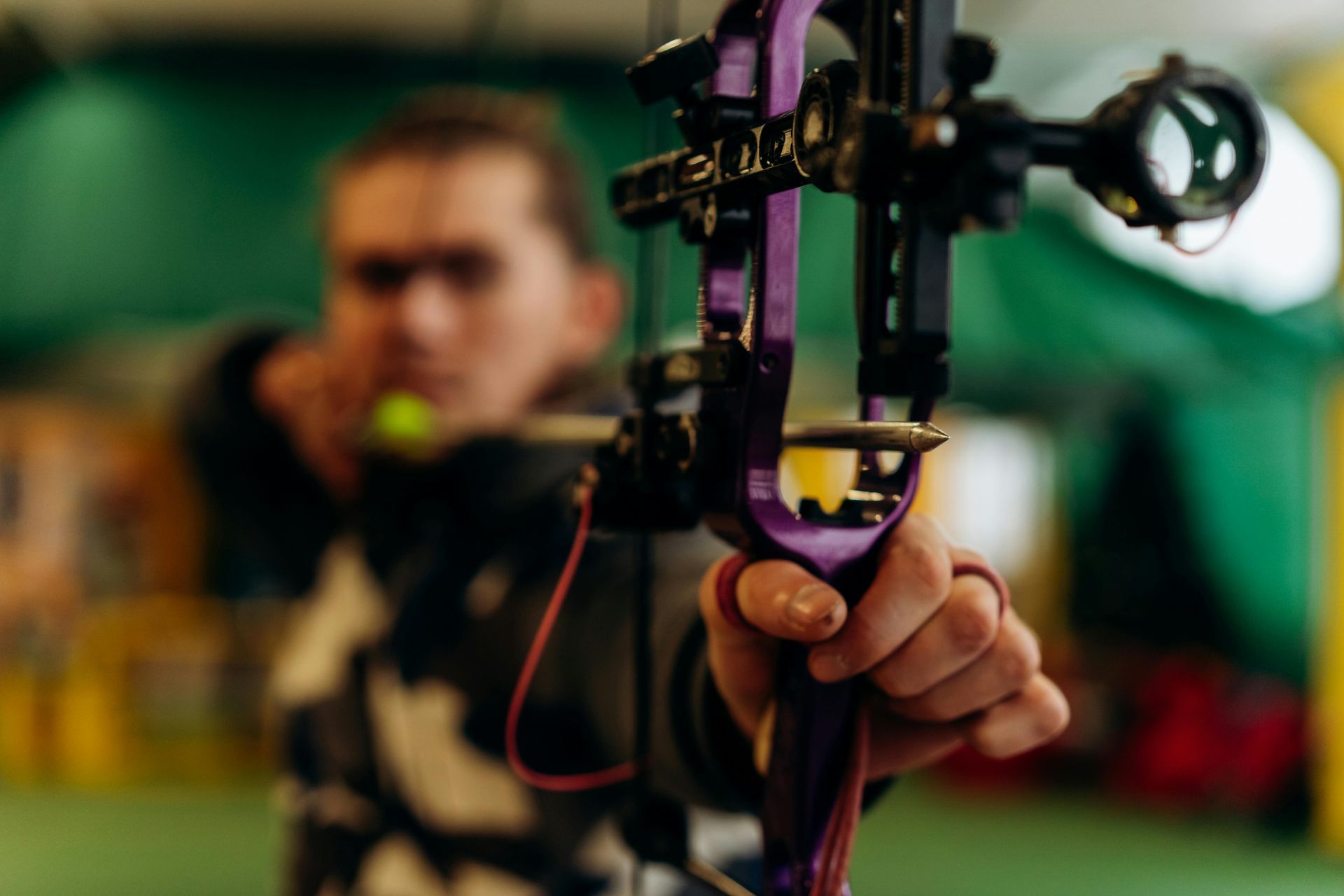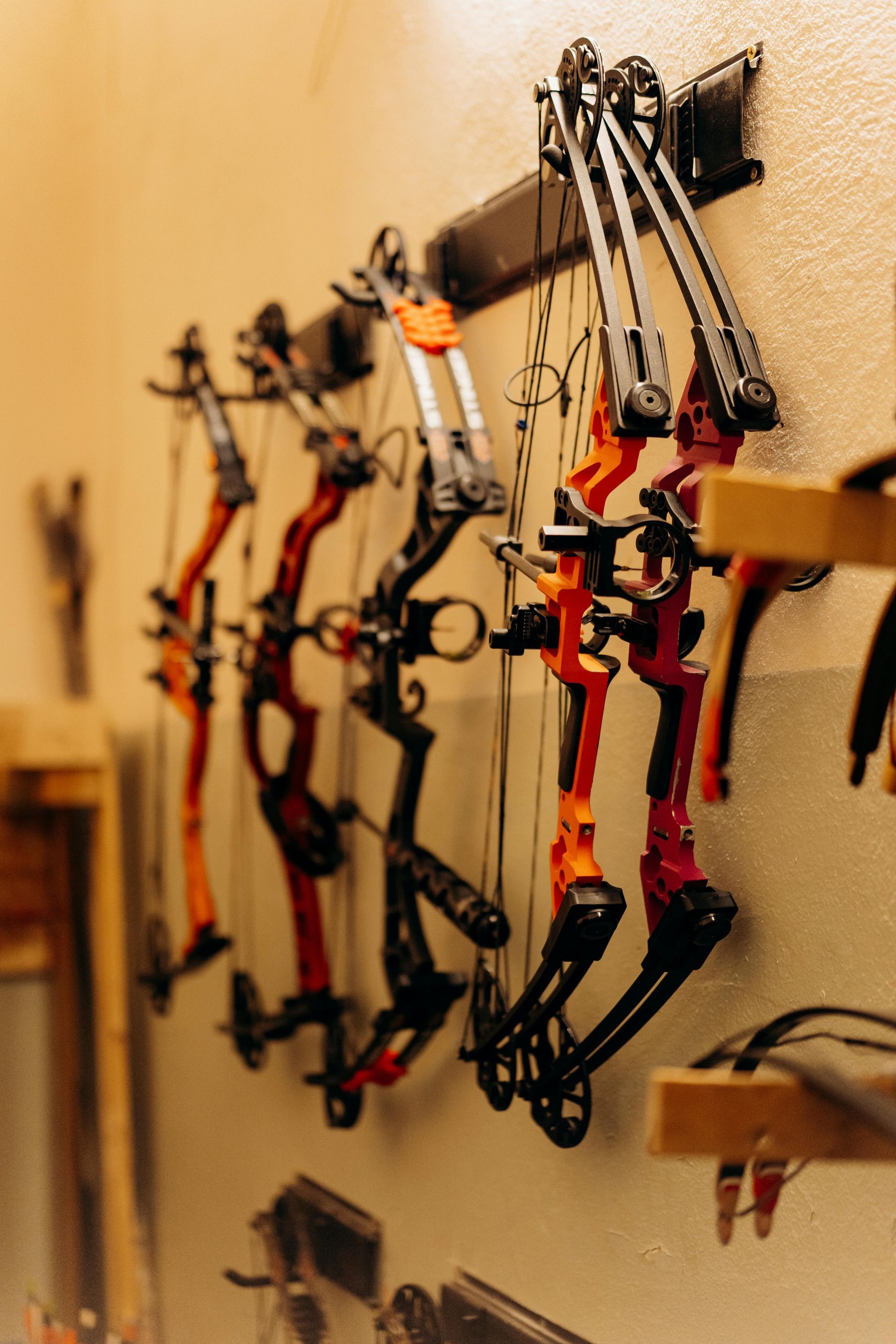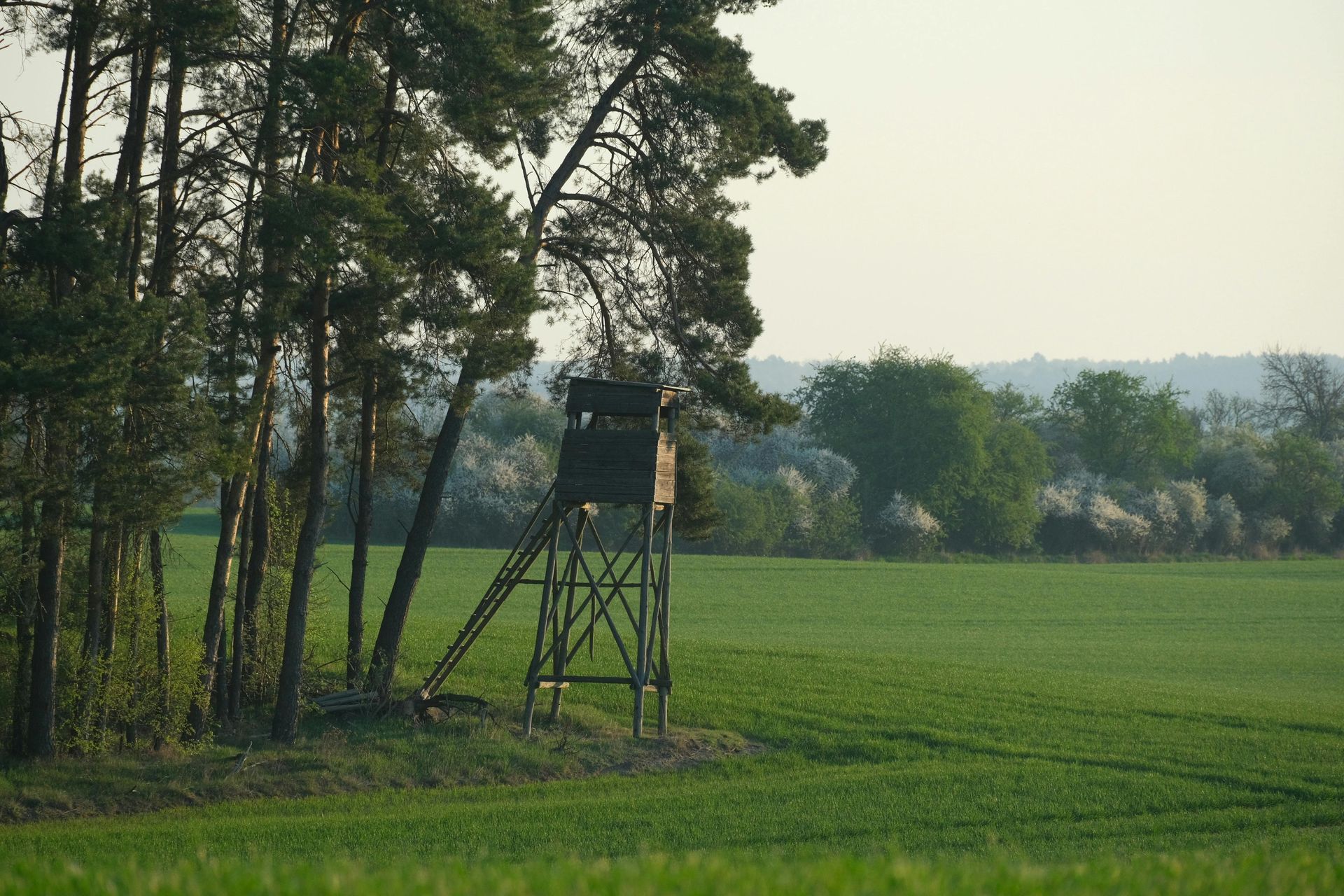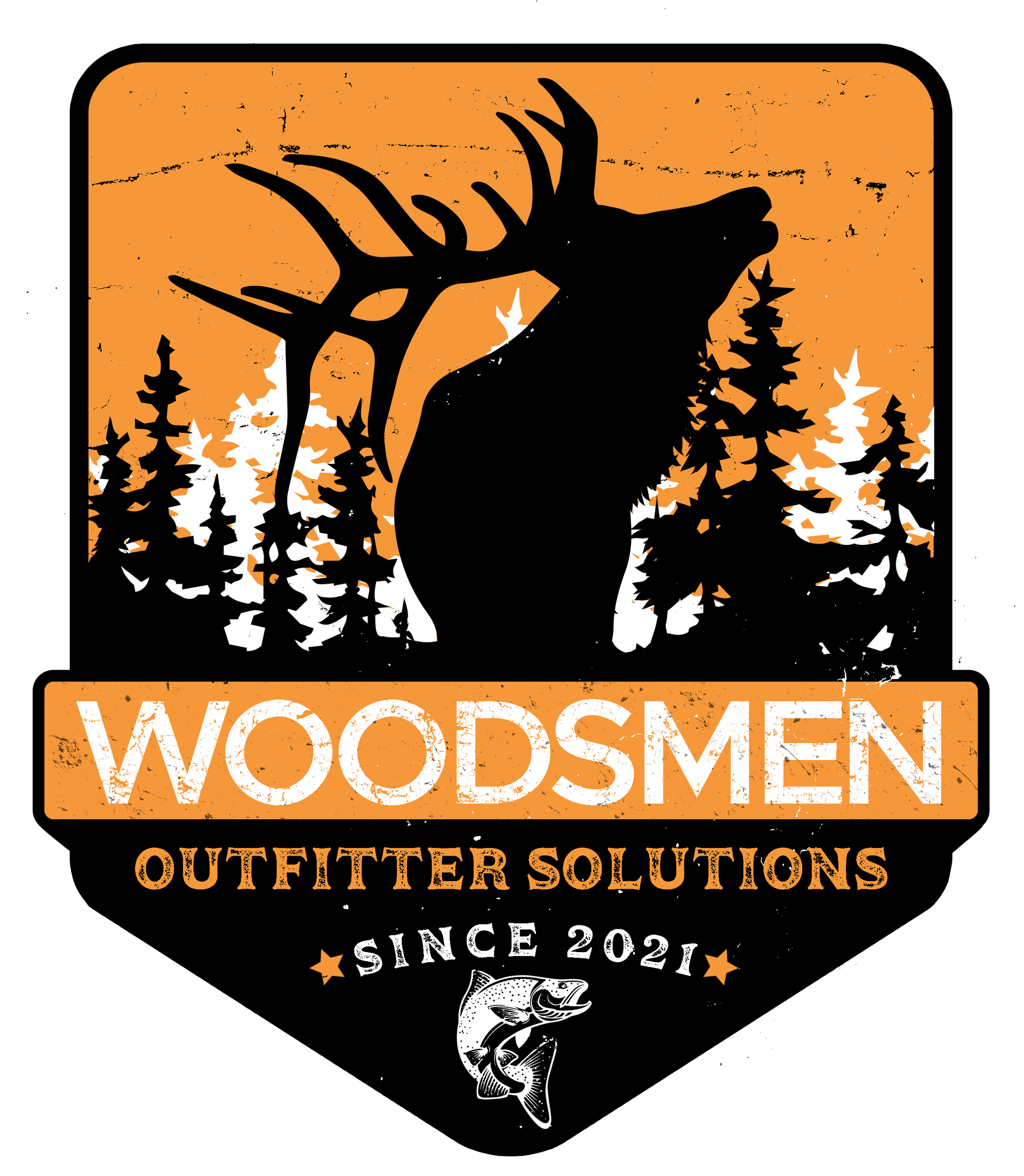How to Choose the Right Bow for Your Hunting Style
Grafton Archery & Outdoors
Picking out the right bow is a big decision. Whether you're gearing up for your first season or looking to upgrade after years in the woods, your choice can shape your entire hunting experience. But there is no one-size-fits-all answer. Different hunting styles call for different setups, and choosing the right bow is as much about personal feel as it is about technical specs.
At Grafton Archery & Outdoors, we have worked with all types of hunters. Some need compact bows for tight treestand spots. Others need a bow that holds its own in open fields. This article will help you understand the different types of bows available and guide you in thinking through which style best fits how and where you hunt.
First, it’s helpful to break down the three main types of bows used in hunting today: compound bows, traditional bows, and crossbows. Each has its place in the woods and fits different kinds of hunters and preferences.
Compound bows are the most popular choice for modern bowhunters. They use a system of pulleys and cables to make holding and releasing the draw easier and more consistent. You’ll get faster arrow speeds and more accuracy with the right setup. Compound bows are a favorite for many hunters because they are powerful, quiet, and highly customizable. You can adjust draw weight and length to fit your size and strength. They also allow for a cleaner release, especially with the use of a mechanical release aid. These bows are great if you want something that balances power and precision, if you plan to hunt from both ground blinds and treestands, or if you prefer to add accessories like sights and stabilizers.
Traditional bows include recurves and longbows. They are simple and quiet, with no moving parts. While they require more practice and skill to master, they offer a different kind of experience. Many traditional hunters love the challenge and connection to the shot. These bows are ideal for hunters who enjoy instinctive shooting and a minimalist setup. You won’t find sights, releases, or mechanical rests on these bows. Traditional bows may be the right pick if you want a more primitive and instinct-based hunting experience, enjoy the feel and rhythm of barebow shooting, or prefer simplicity over customization.
Crossbows are becoming more common, especially in states where they are allowed during archery season. They use a horizontal limb design and are held and fired like a rifle. Crossbows often come with a scope, making them easier to aim for those coming from a firearm background. These are great for hunters with limited mobility or those who want to extend their season but may not have time to develop consistent shooting form with a vertical bow. A crossbow might be the best choice if you are transitioning from gun hunting, want something easier to shoot with minimal movement, or need a setup that allows you to hold your aim for extended periods.
Once you have a sense of the bow types, the next step is to think about your hunting environment. The terrain, your positioning, and your tactics all influence which bow will work best for you.
If you are often in tight spots like treestands or ground blinds, a compact bow will make maneuvering easier. A bow with a shorter axle-to-axle length gives you more flexibility when drawing and shooting in close quarters. Compound bows with a compact frame are popular for these setups. You may want to avoid long traditional bows or oversized crossbows that are harder to manage in cramped spaces.
If you are a mobile hunter who walks and stalks game, weight and ease of carry will be important. You will want a bow that is light but also stable. Many traditional hunters enjoy this style because they do not have to carry a lot of gear. Modern compound bows made with lightweight materials also work well for this approach. Some crossbows can be bulky for spot and stalk unless they are designed to be compact.
In open landscapes where long shots are more common, such as elk or mule deer hunting out west, speed and accuracy become even more important. A high-performance compound bow or precision-tuned crossbow can help you reach out across longer distances with confidence. While traditional bows can be used, they may not be as practical for longer-range scenarios due to their slower speeds and steeper arrow trajectories.
Two of the most important specs to get right are draw weight and draw length. If either of these is off, your shooting will suffer. You want a bow that feels comfortable and natural to shoot. Straining to pull too much weight will hurt your accuracy, and a draw length that is too long or short will throw off your form.
At Grafton Archery & Outdoors, we help customers get fitted properly. Getting this right can make a big difference, especially over the course of a long hunt or practice session. Your draw length is determined by your wingspan, and your draw weight should match your strength level and shooting goals. For many adult hunters, draw weights between 50 to 70 pounds are common on compound bows, but everyone is different. You do not need the maximum draw weight to be effective. What matters most is being accurate and consistent.
One benefit of choosing a bow from a full-service pro shop is the ability to tune your gear from the start. With compound bows especially, having properly installed accessories makes a big difference.
You might add a quality sight for better aiming, a peep sight for consistent anchor points, a stabilizer to reduce movement and absorb vibration, a drop-away rest for cleaner arrow flight, or a release aid for consistency and comfort. Even crossbows benefit from the right setup. Proper scope alignment, bolt selection, and trigger feel all contribute to how you shoot.
At our shop, we help customers not just pick out gear, but make sure everything is dialed in for the way they shoot. This personal touch is what separates a big-box purchase from a setup that truly fits the hunter.
No matter how many reviews you read or videos you watch, nothing replaces holding a bow and shooting it yourself. The grip, the draw cycle, the balance, and the release all feel different from model to model. At Grafton Archery & Outdoors, we encourage customers to shoot multiple bows in our shop before making a decision. This way, you can feel the differences for yourself. What looks great on paper might not feel right once you draw it back.
This is especially true for newer hunters. You may think you want a certain model or brand, but after shooting a few options, you might surprise yourself. Getting the bow that feels right in your hands often leads to better confidence and performance later in the field.
Above all, the right bow is the one that fits you. It should match your body mechanics, your hunting style, and your comfort level. Some hunters shoot better with a lighter draw weight. Others like the solid back wall of a certain cam system. Some need a short axle-to-axle bow to maneuver in a blind. Others prefer the stability of a longer bow for accuracy at range. None of those preferences are wrong. They just reflect how each person connects with their equipment.
When you take the time to try different options and understand how they align with the way you hunt, you put yourself in a better position to enjoy every shot you take. Whether you’re shooting in the backyard, preparing for the season, or heading out on day one, having a bow that feels like an extension of your body is something every hunter can appreciate.
If you’re thinking about your next bow, or just want to talk through your options with someone who has been in the field and behind the counter, come visit us at Grafton Archery & Outdoors. We’re here to help you make the right pick and support your setup long after you’ve made your choice.
